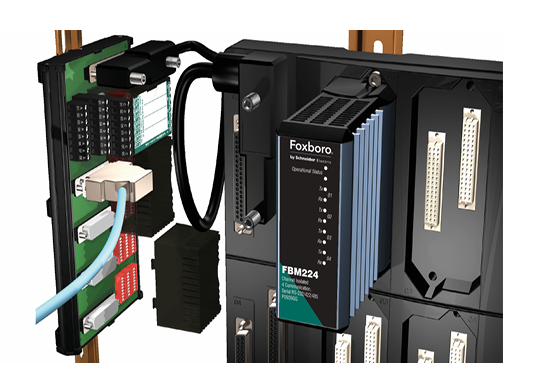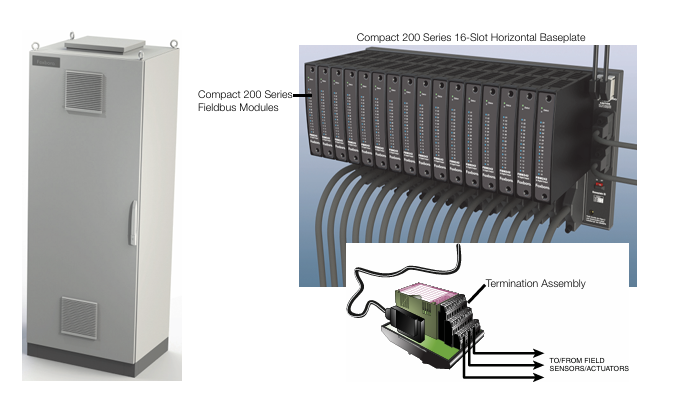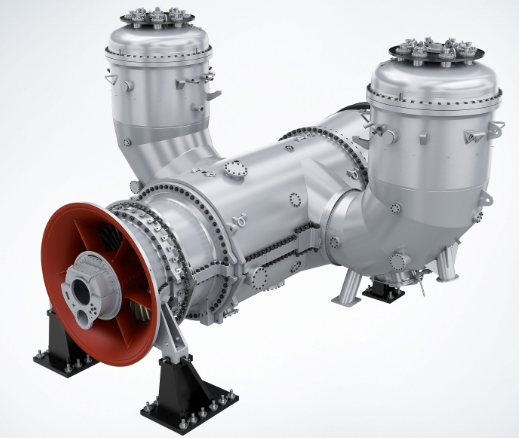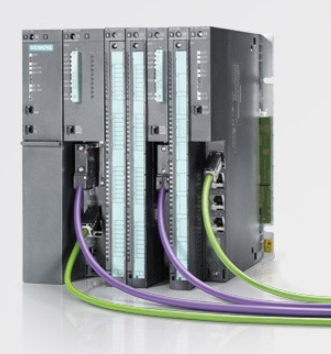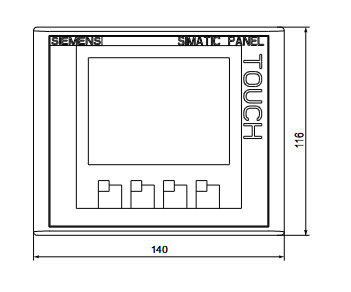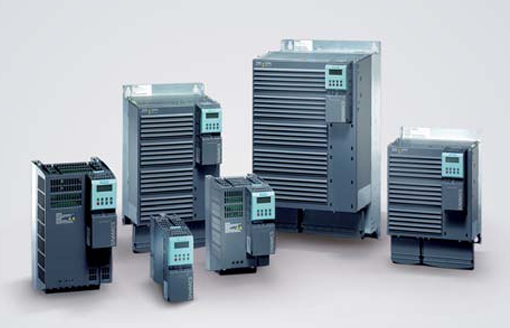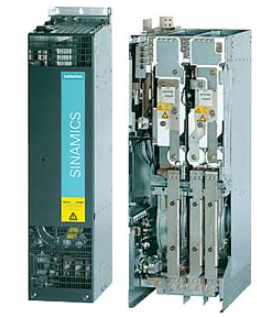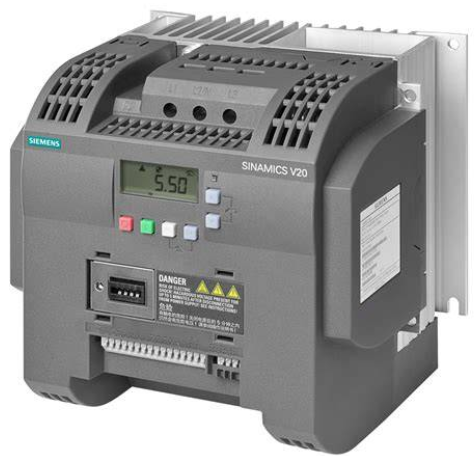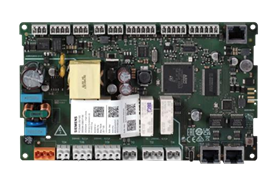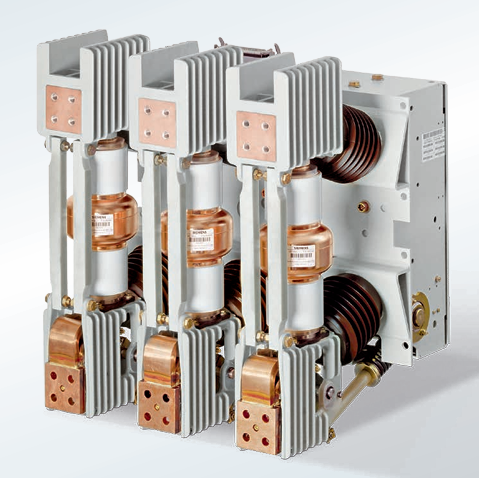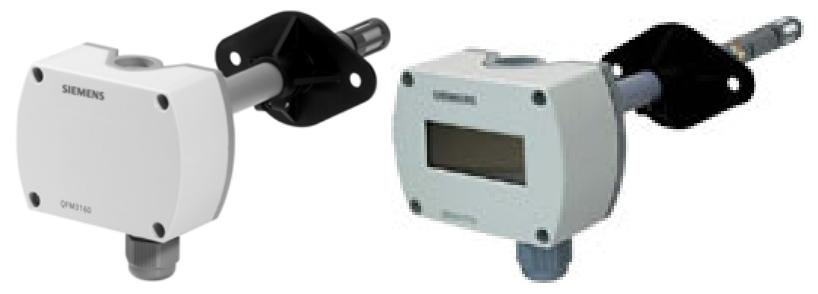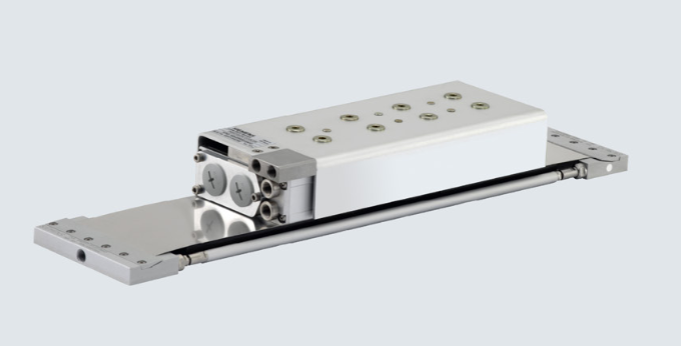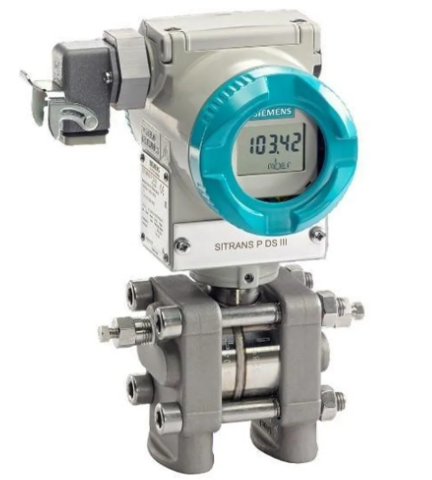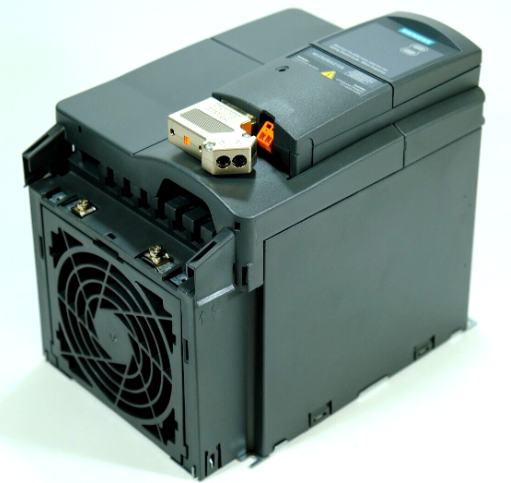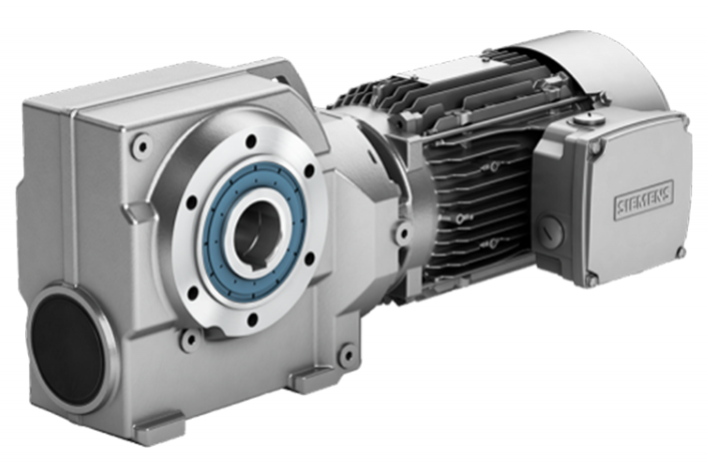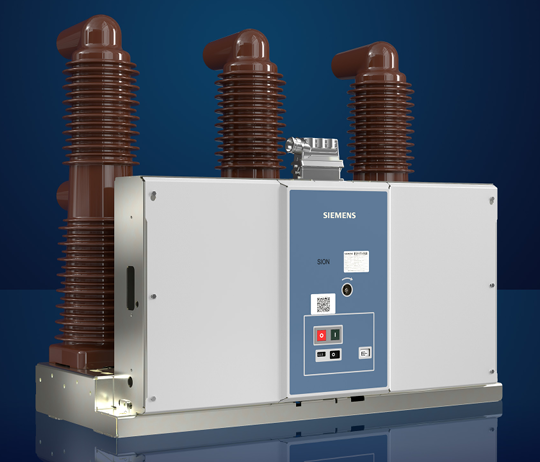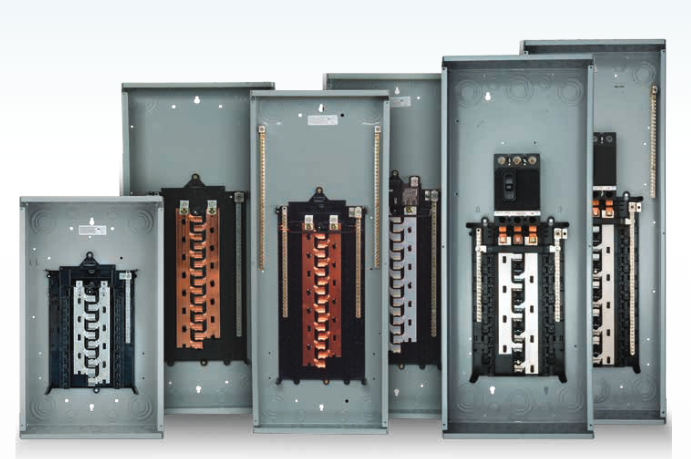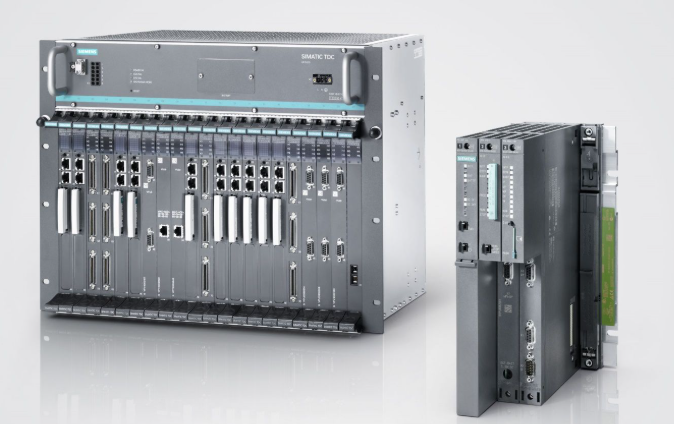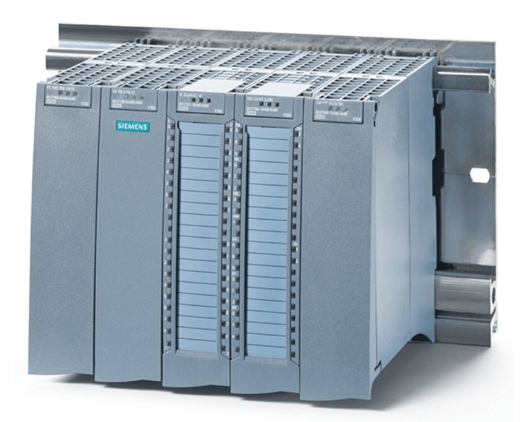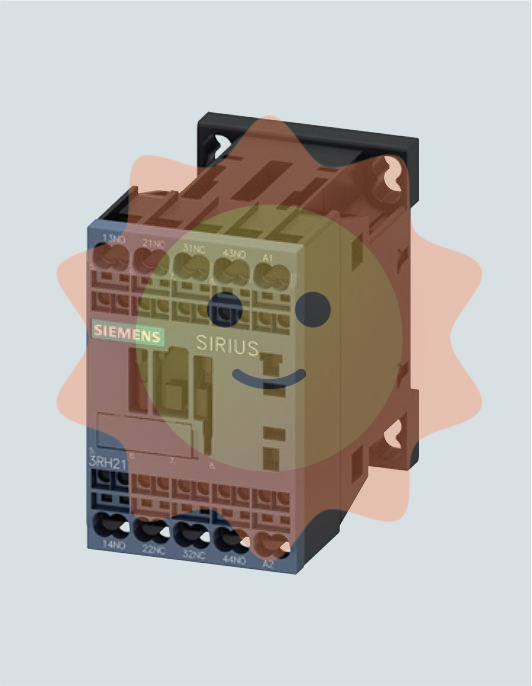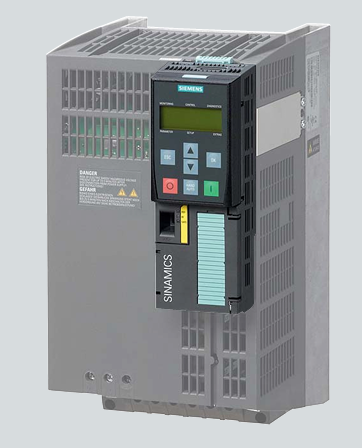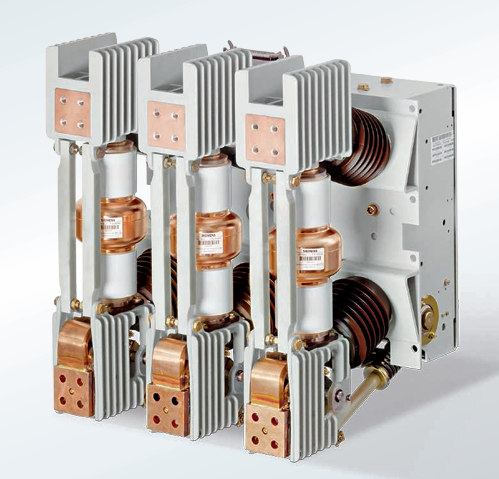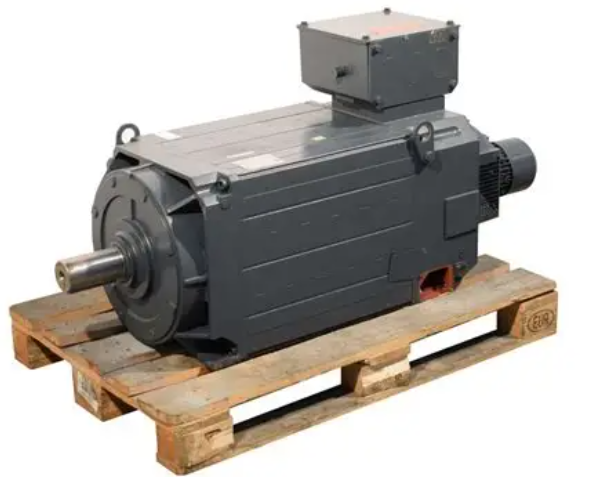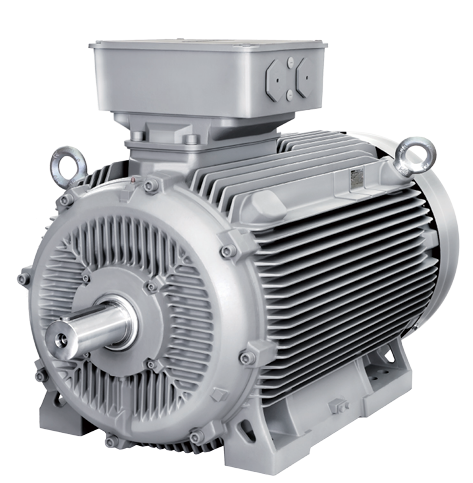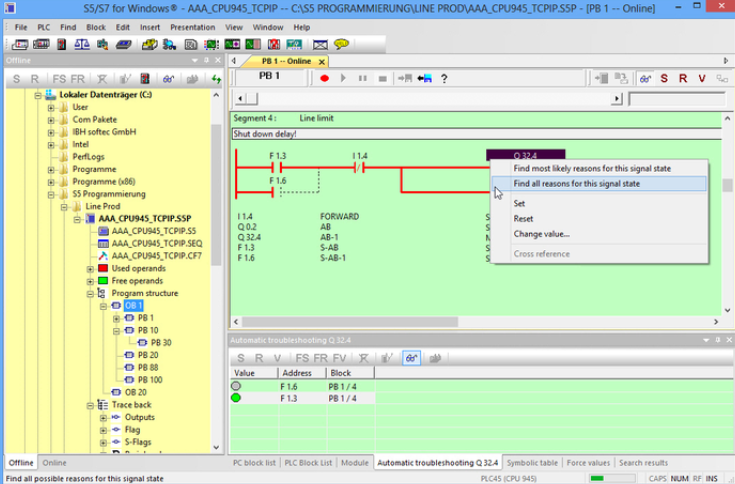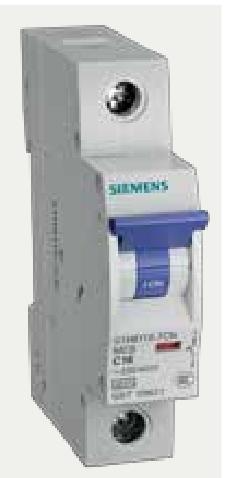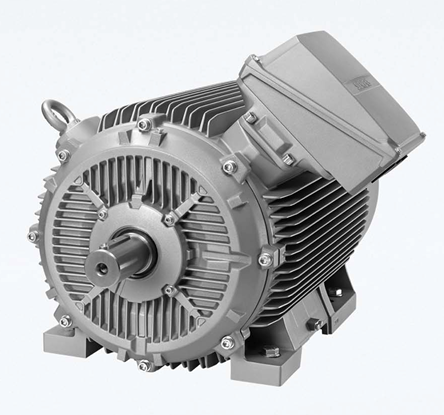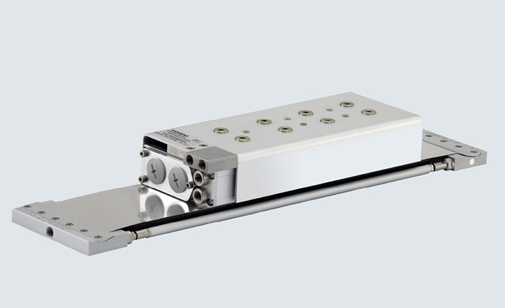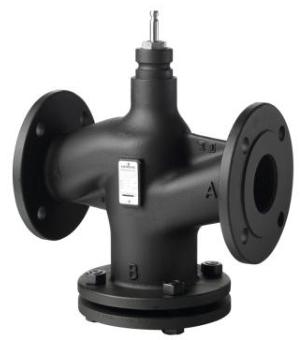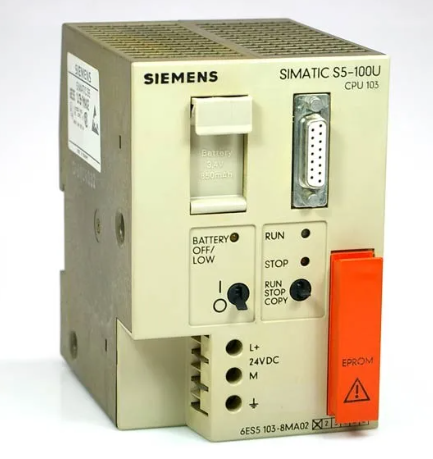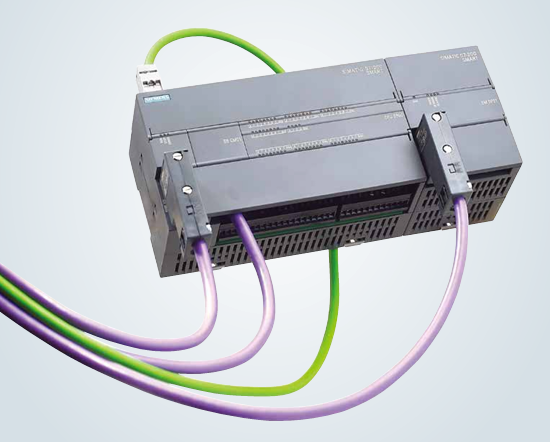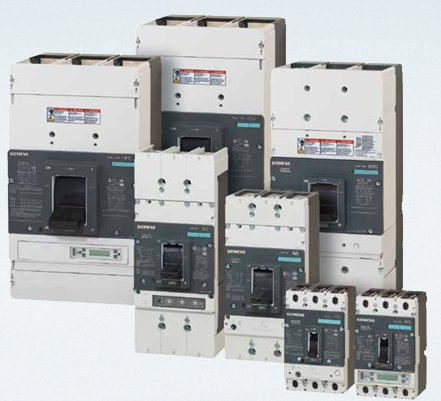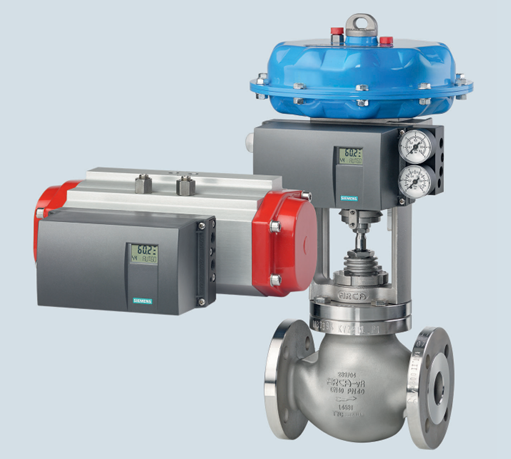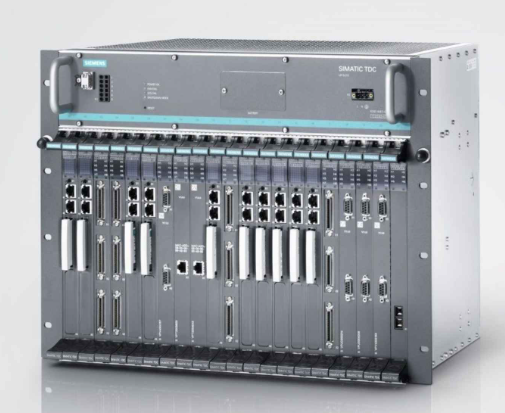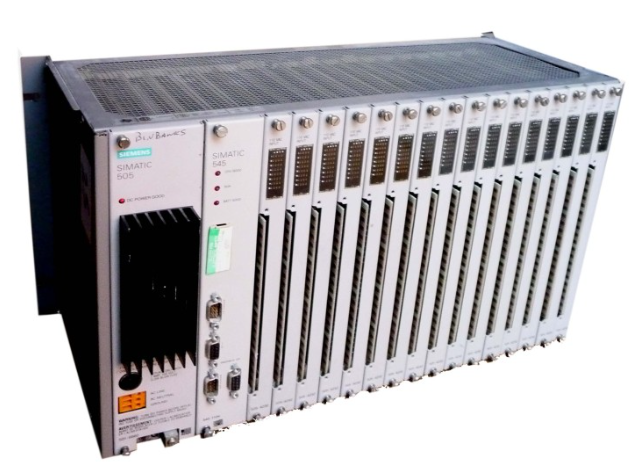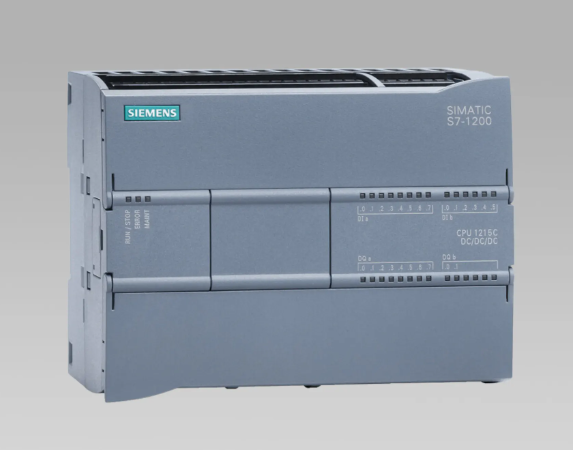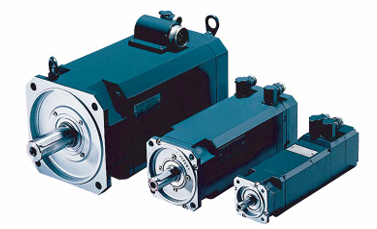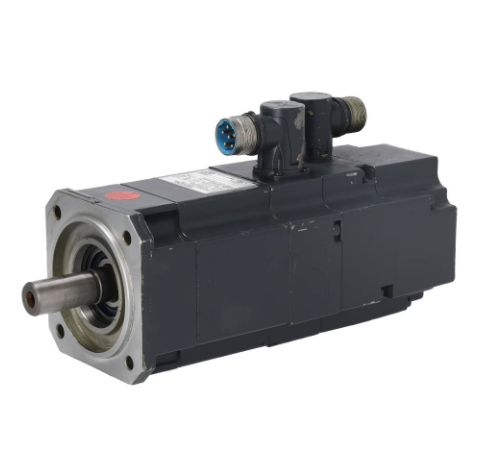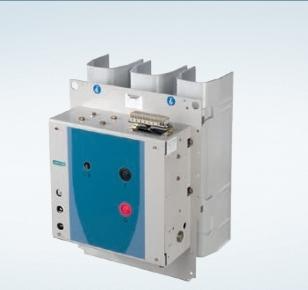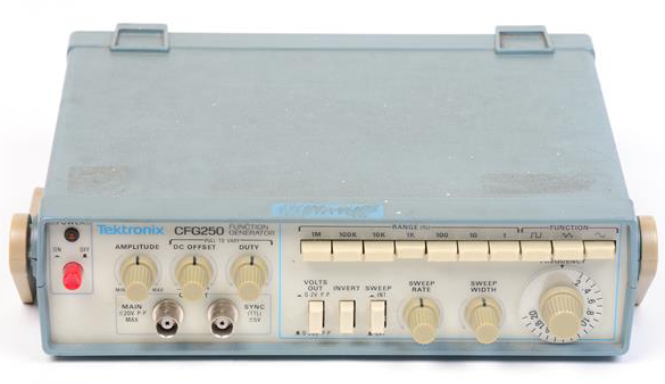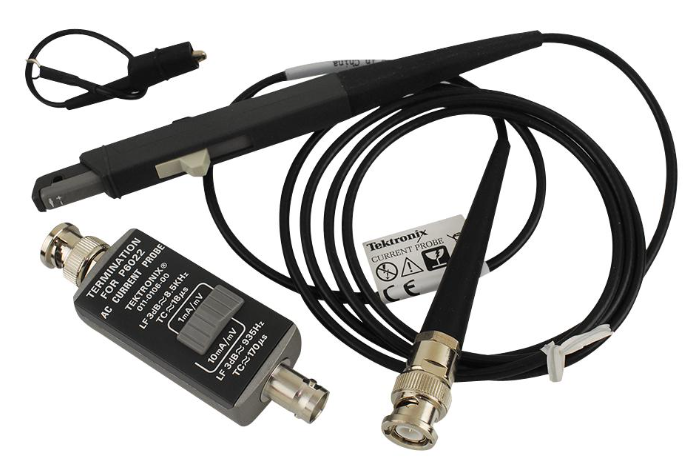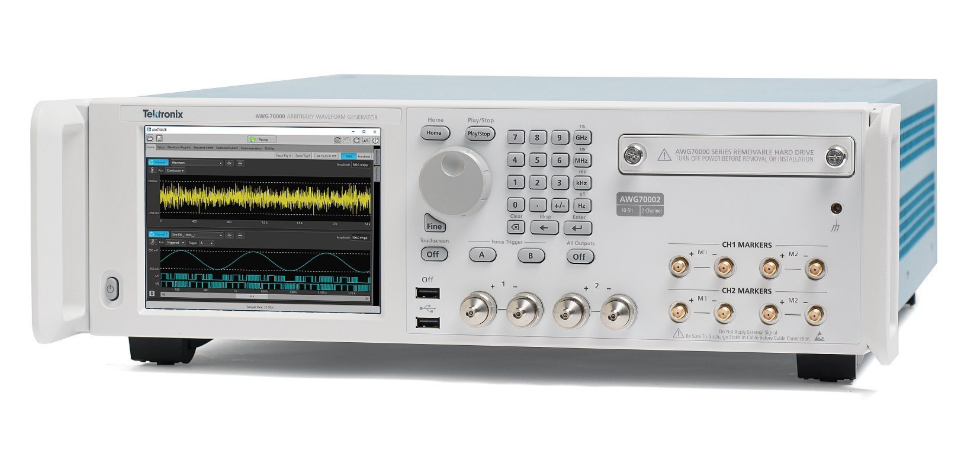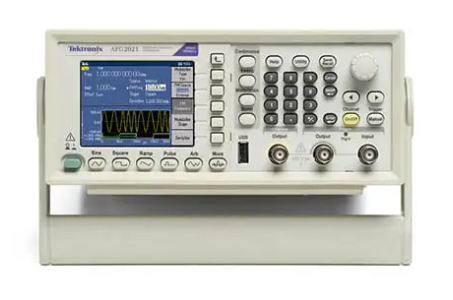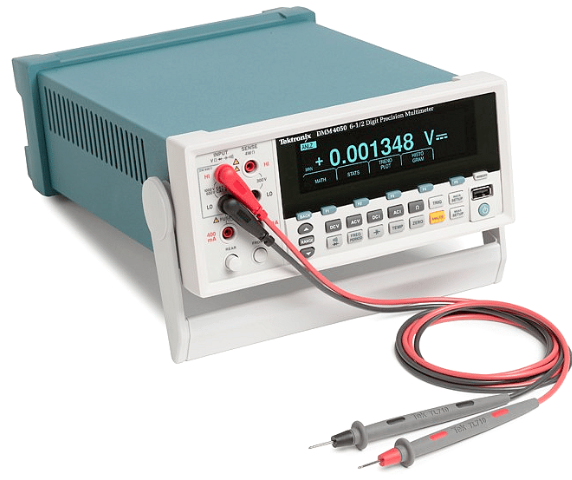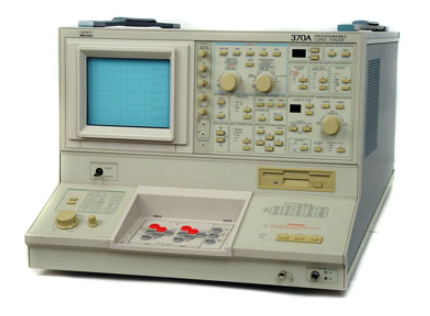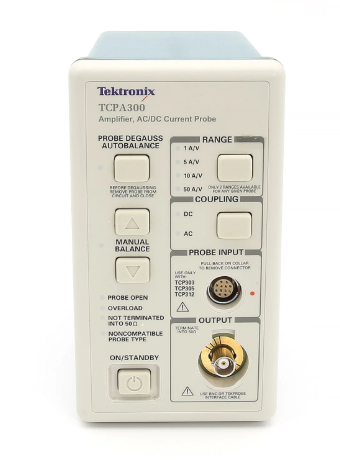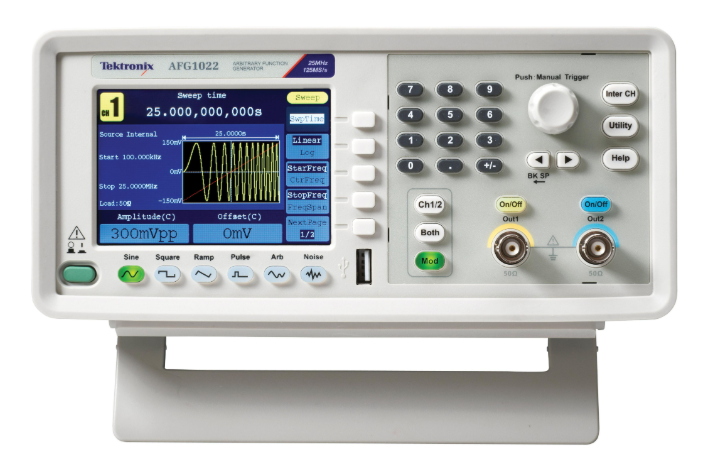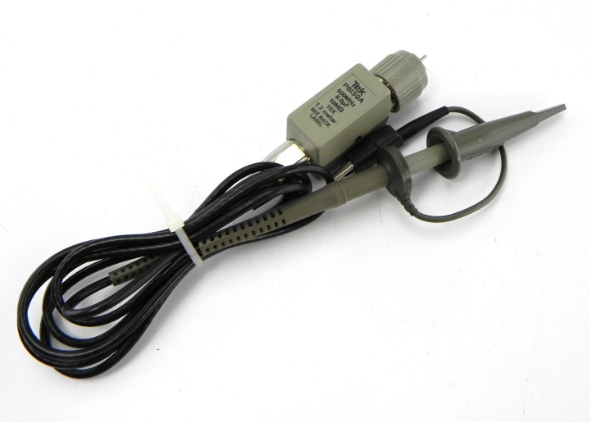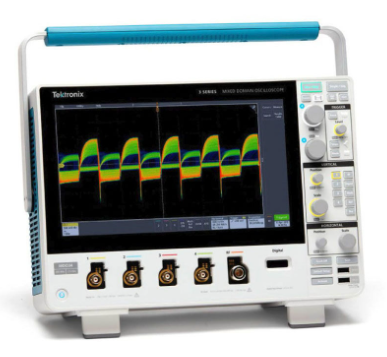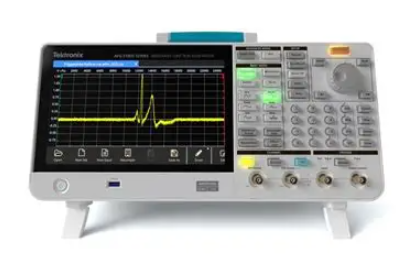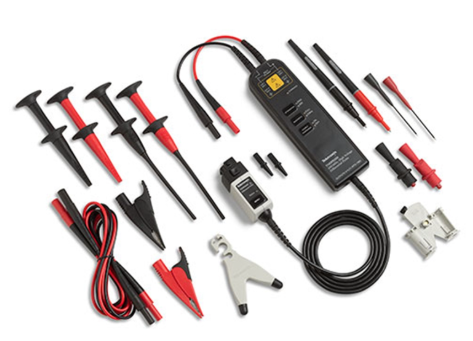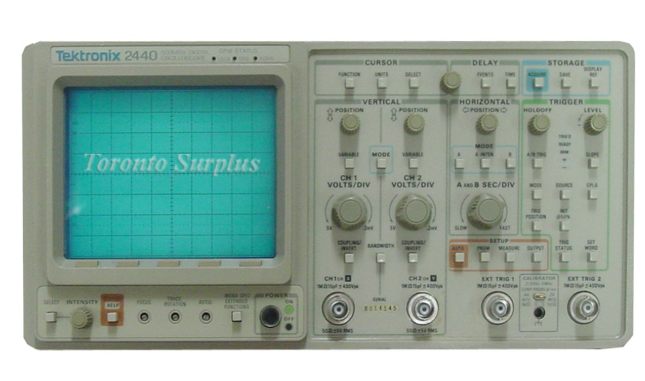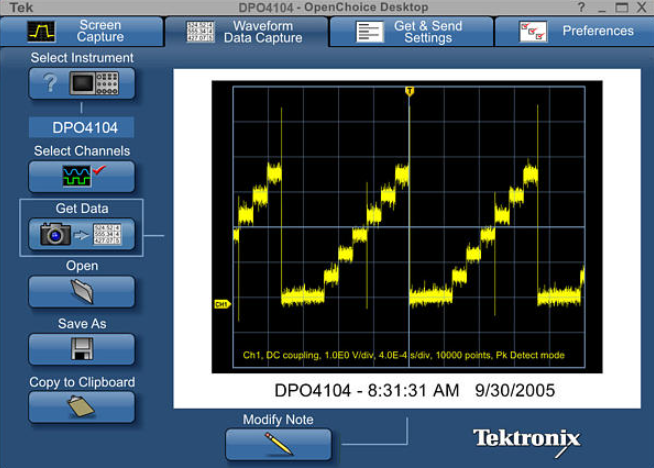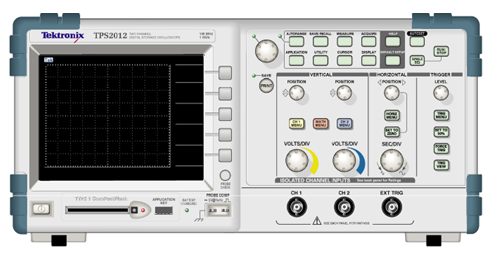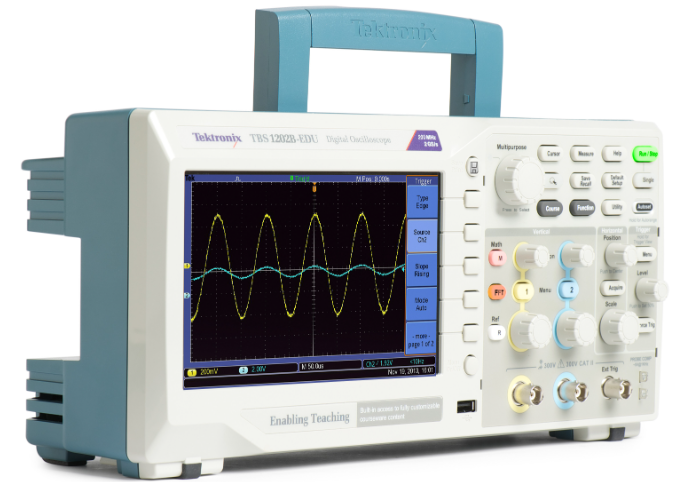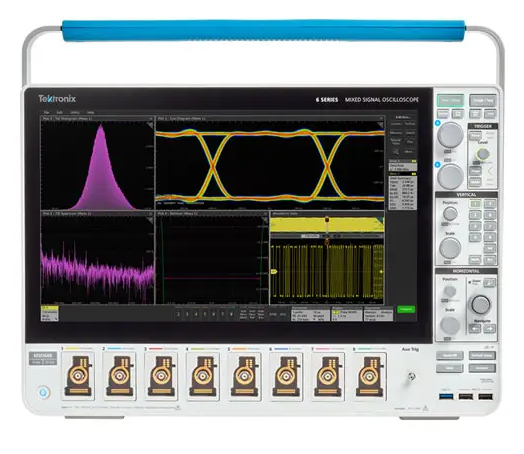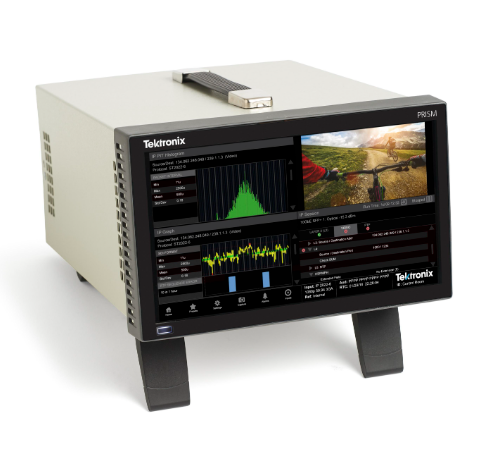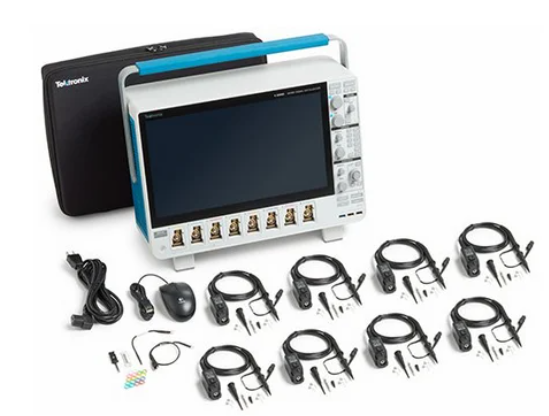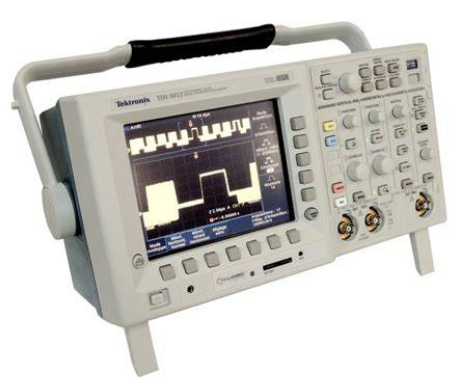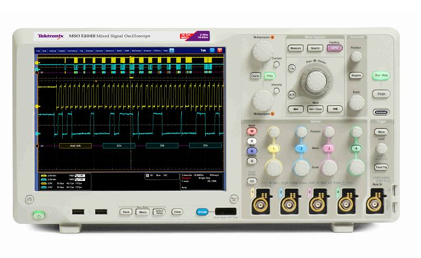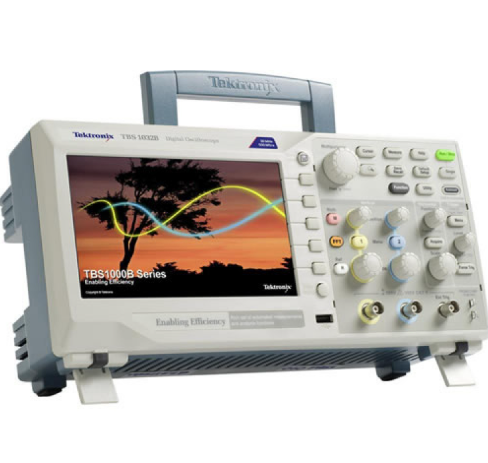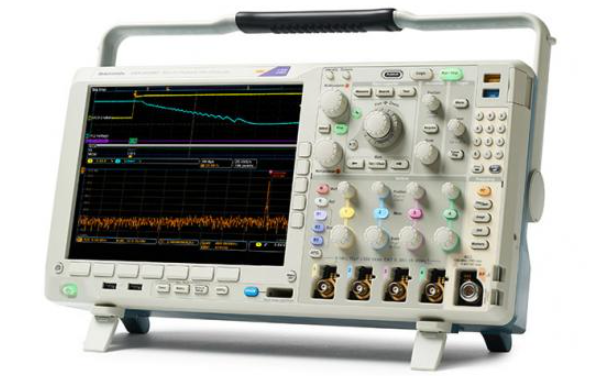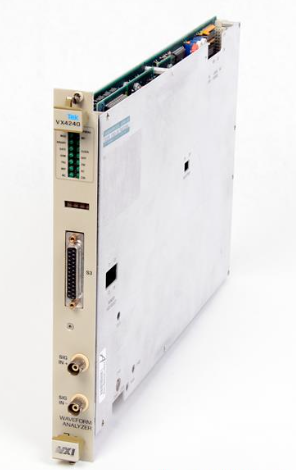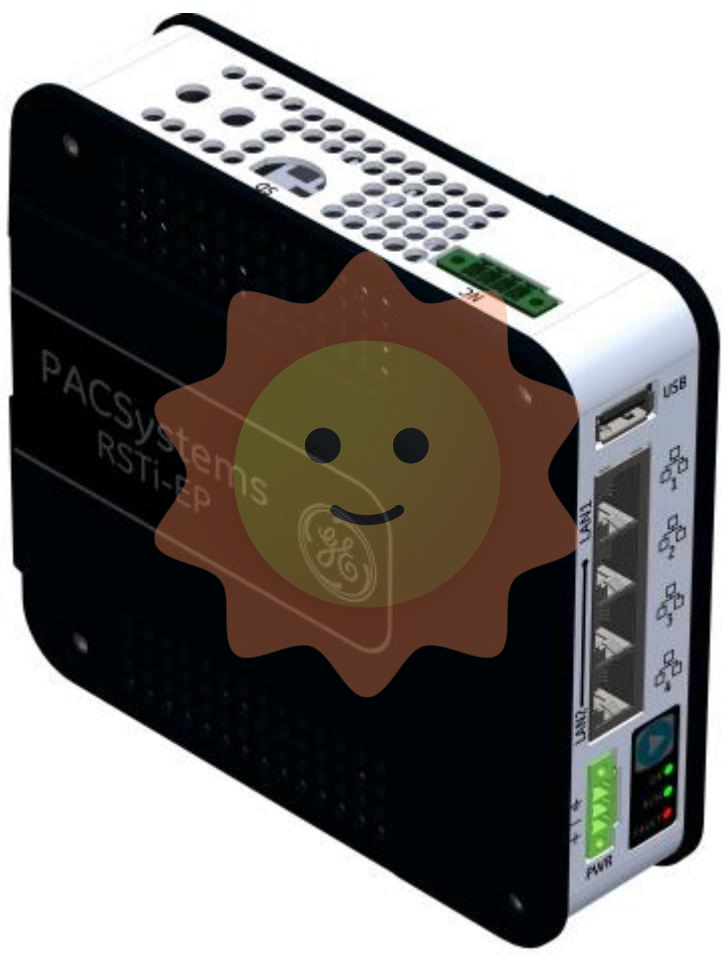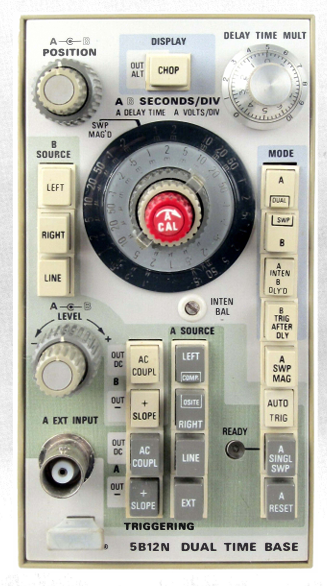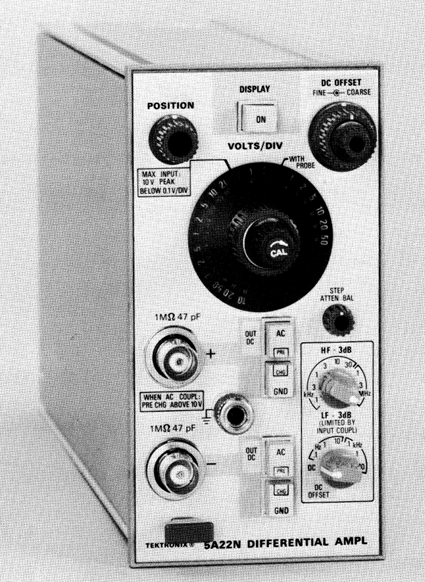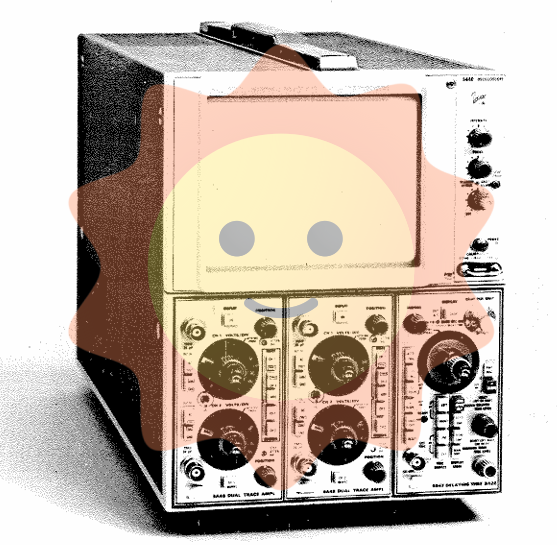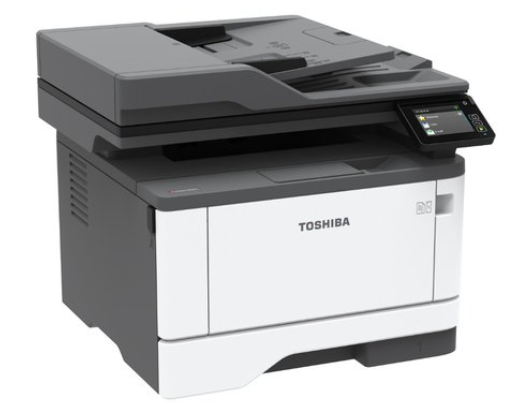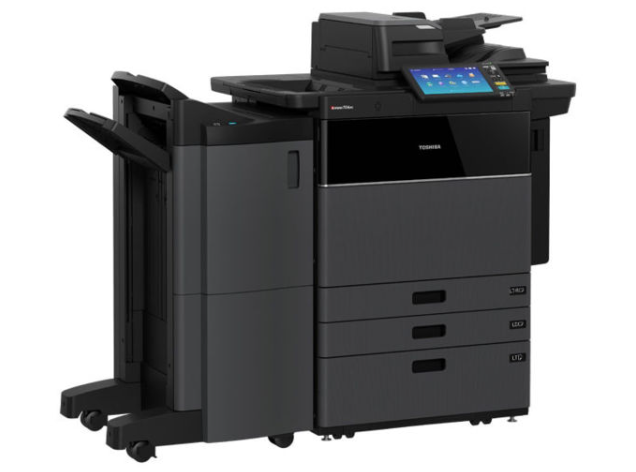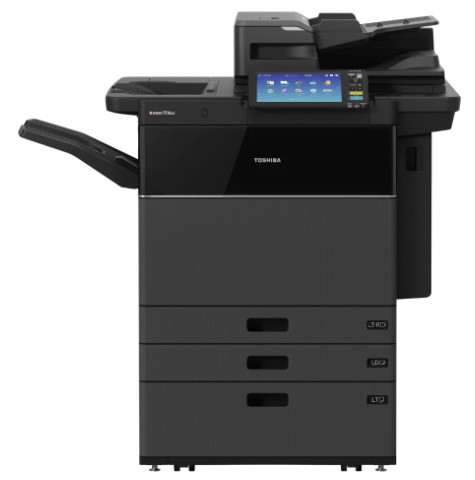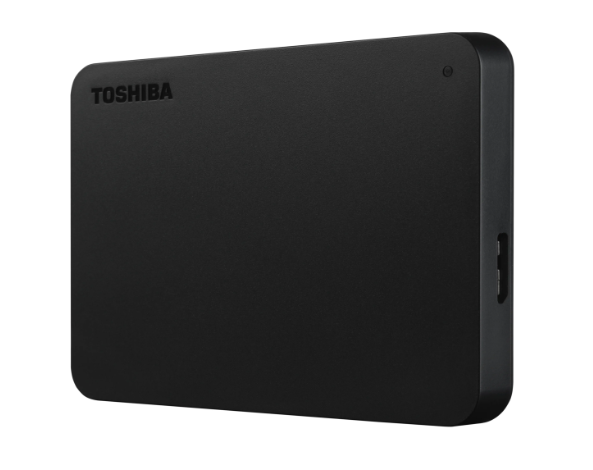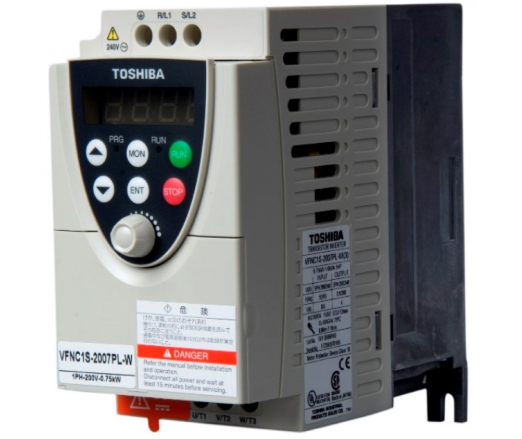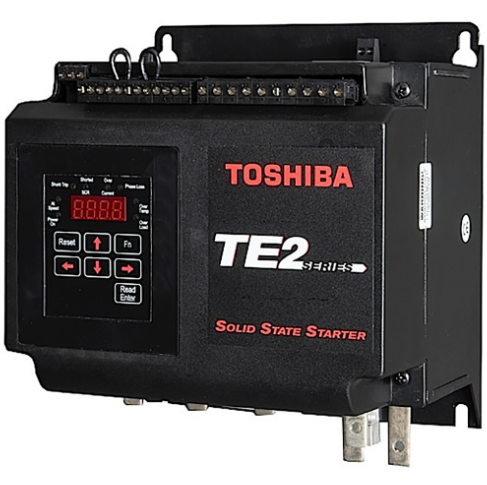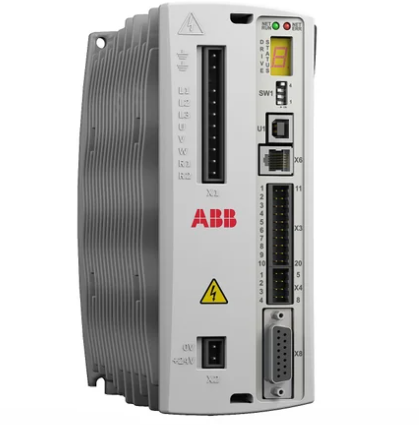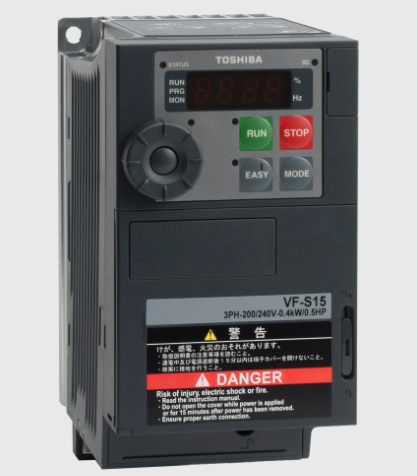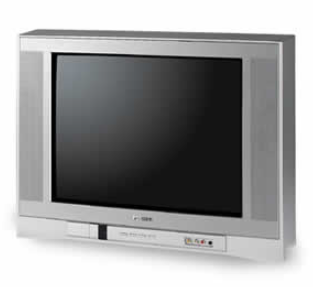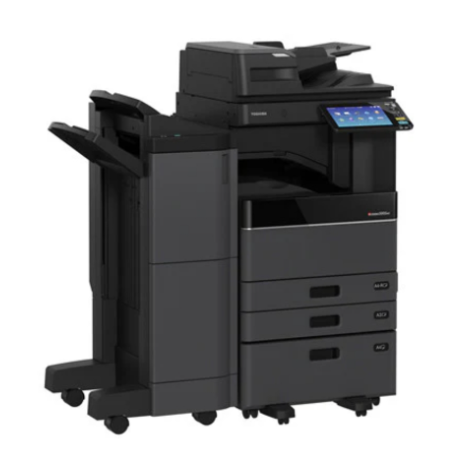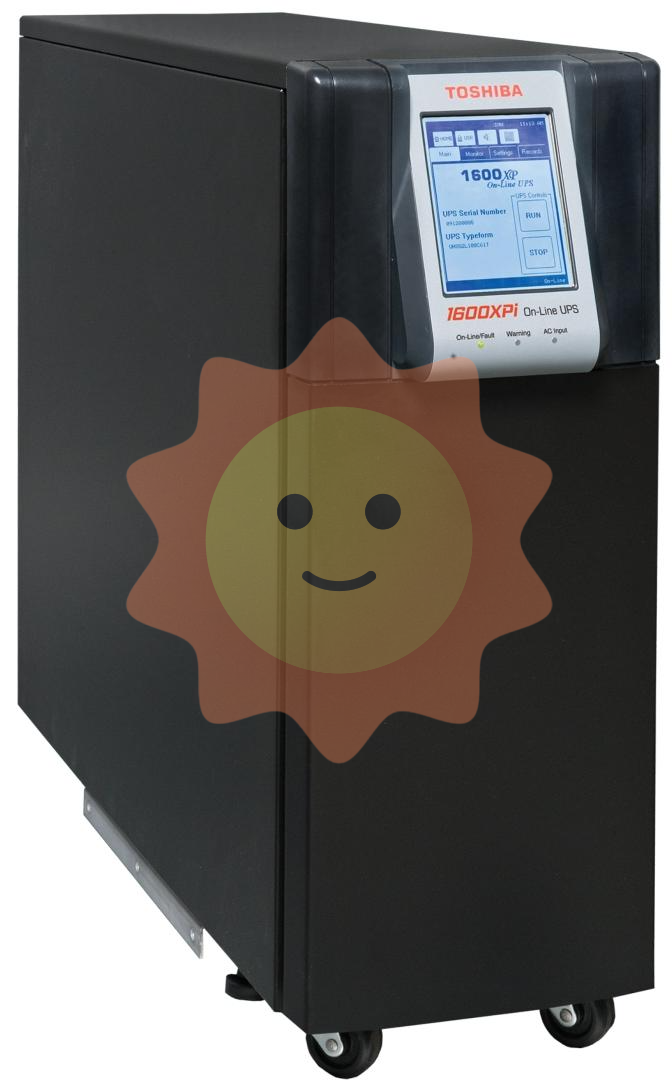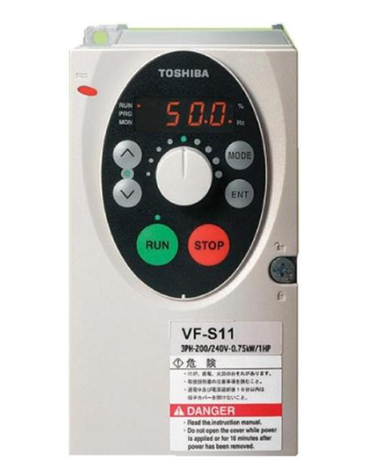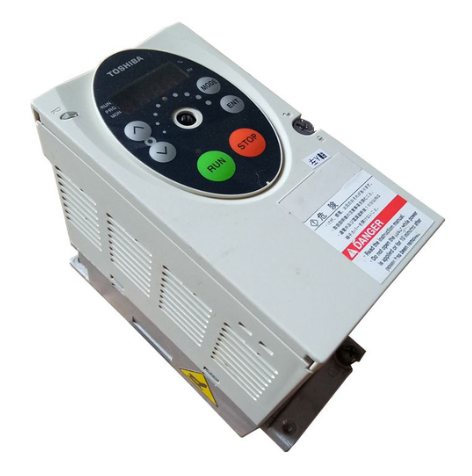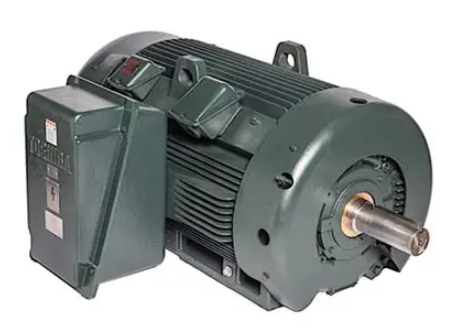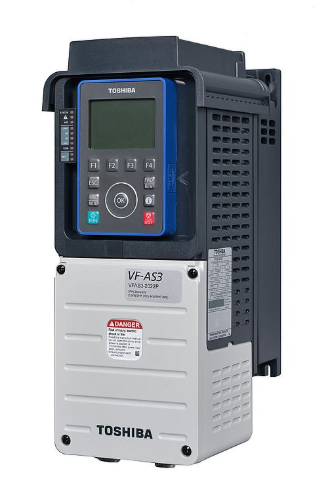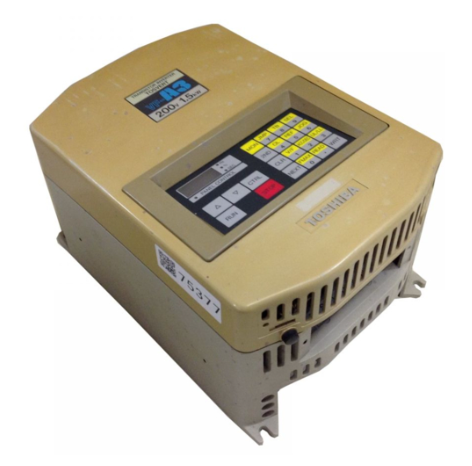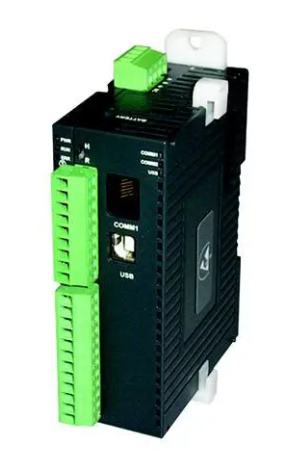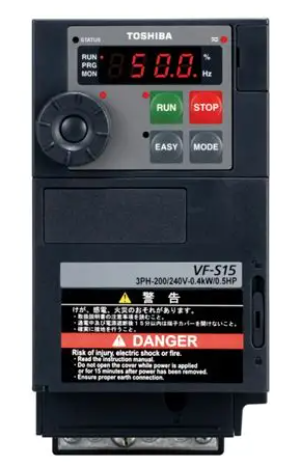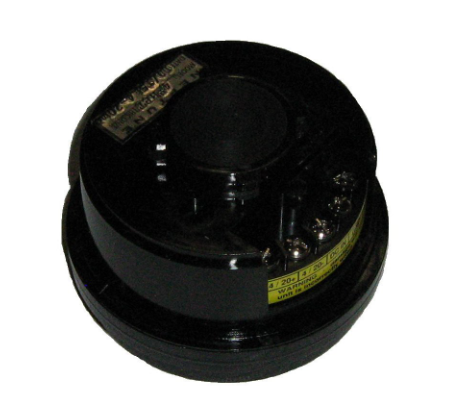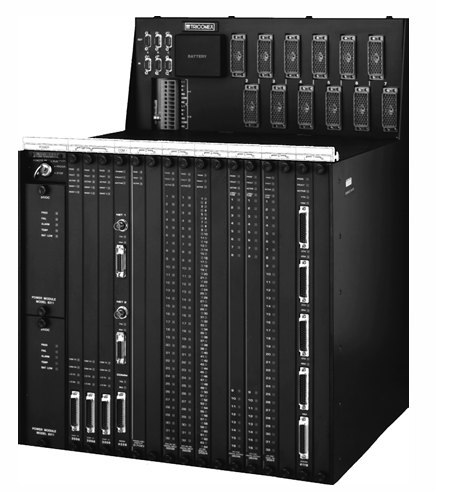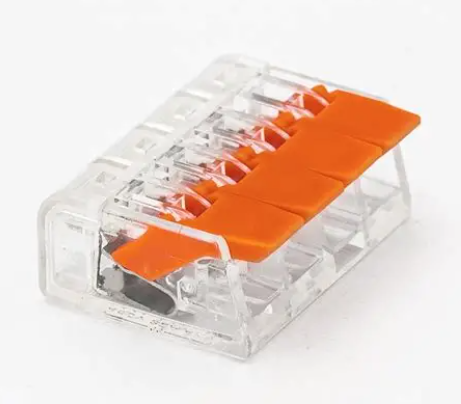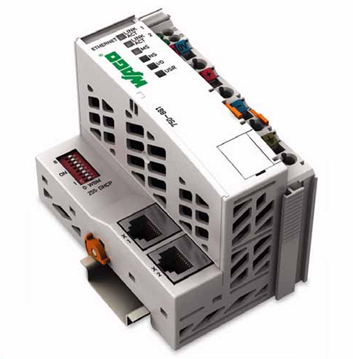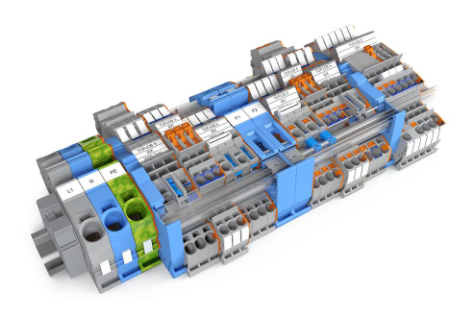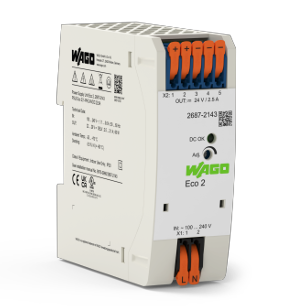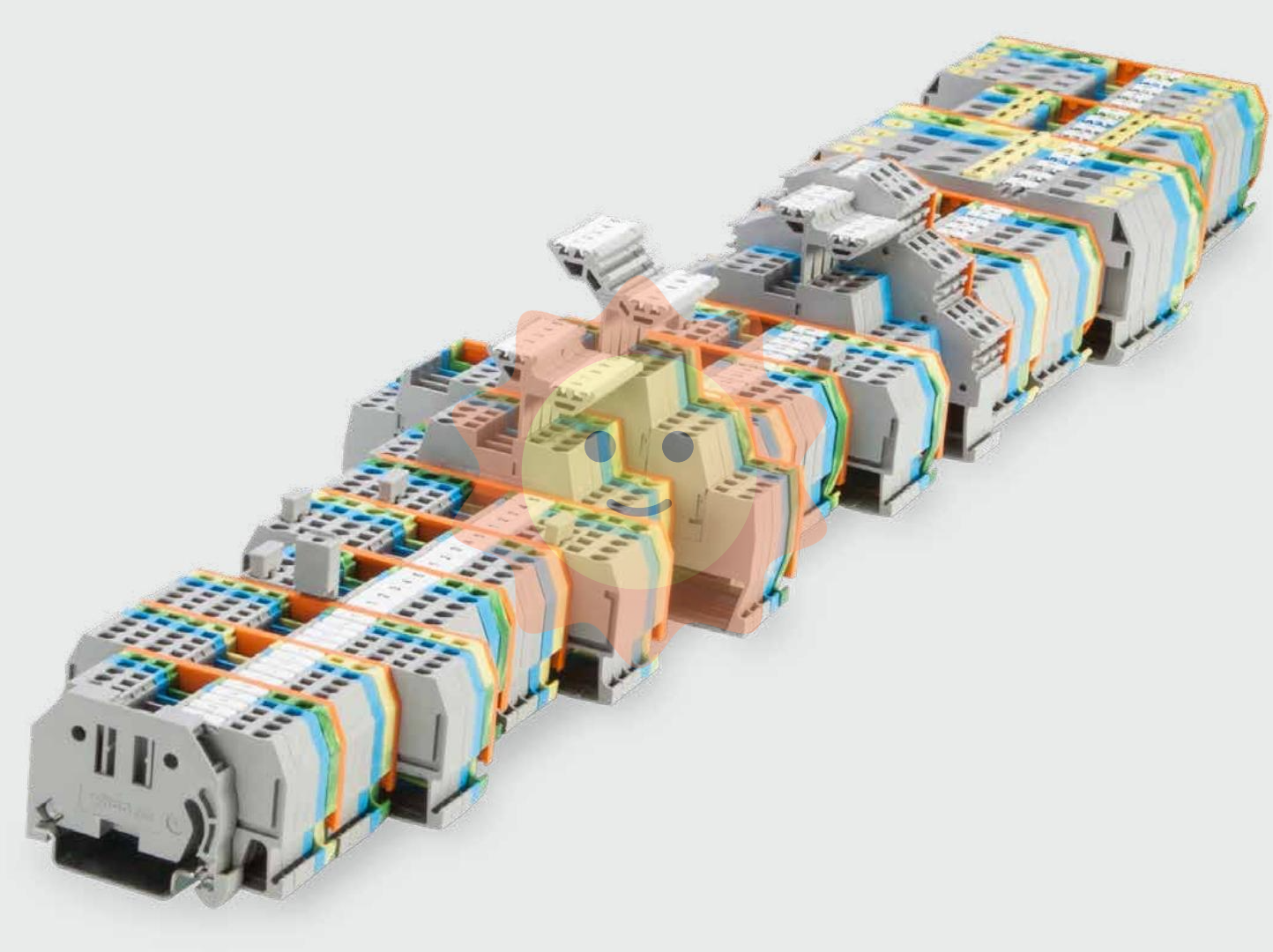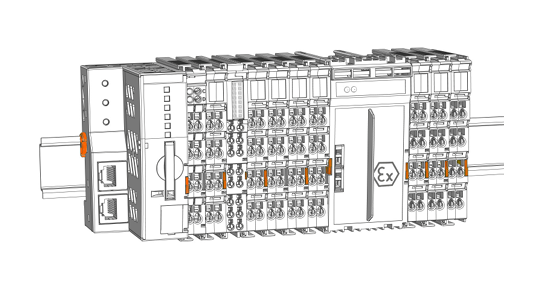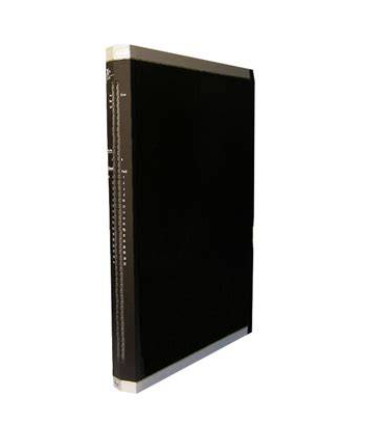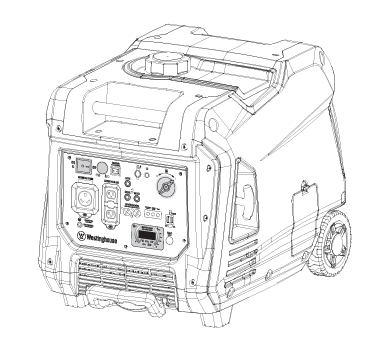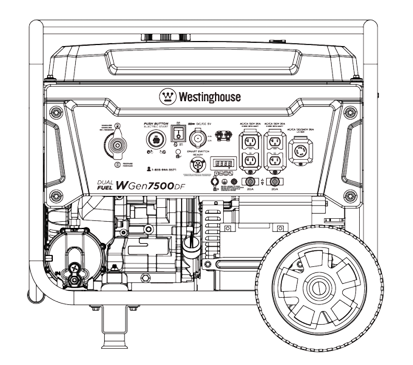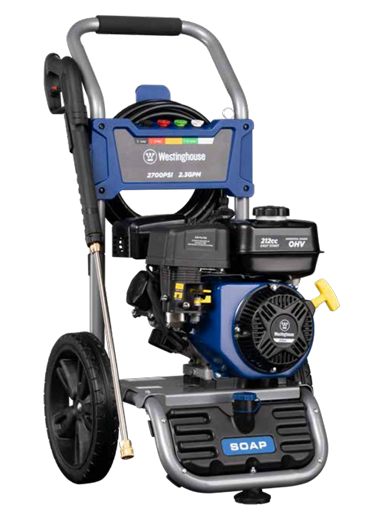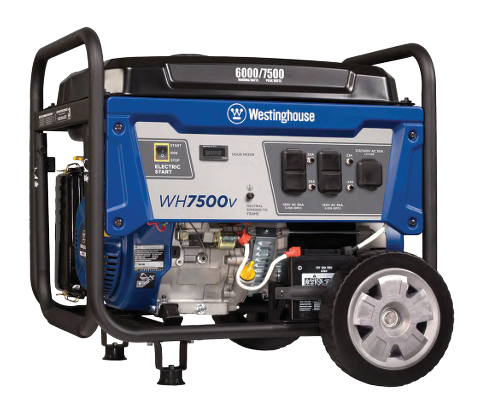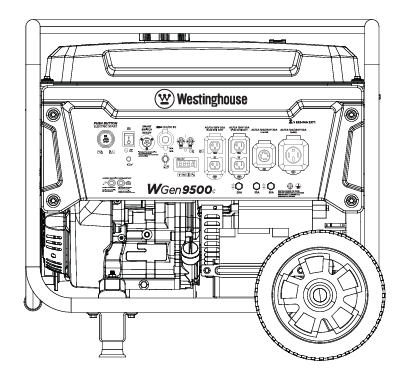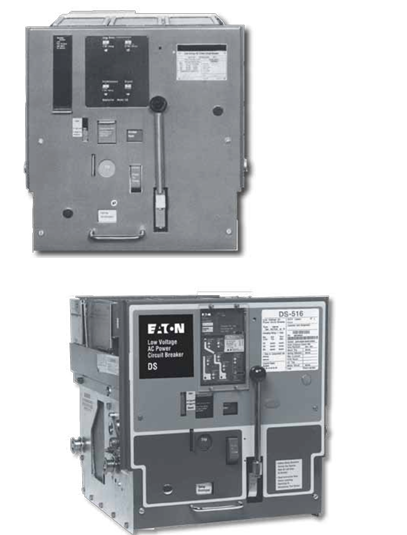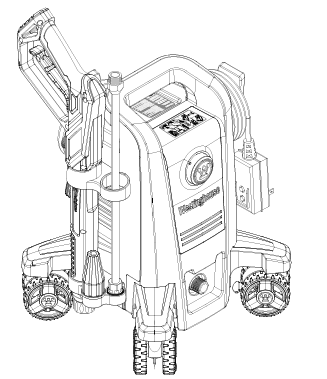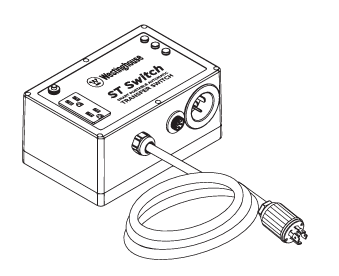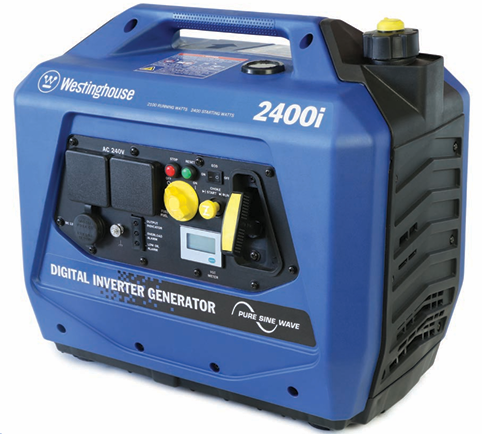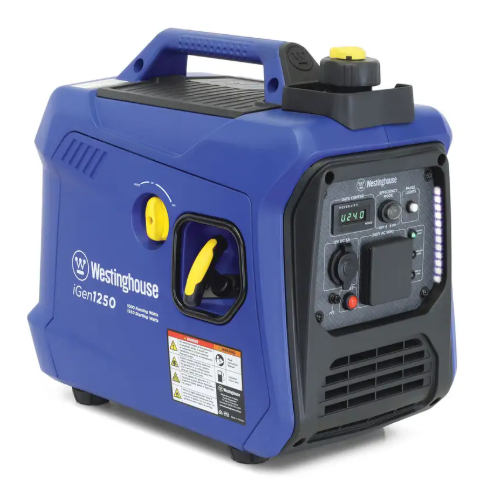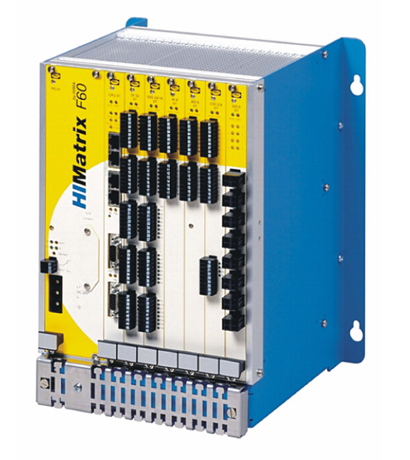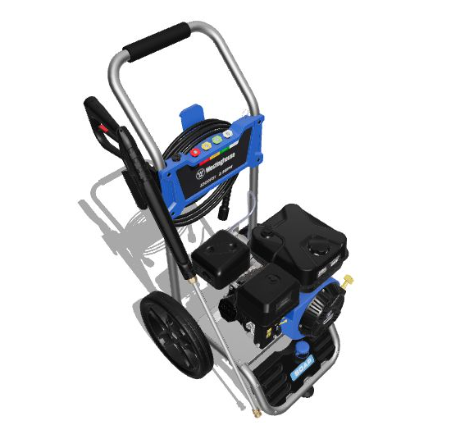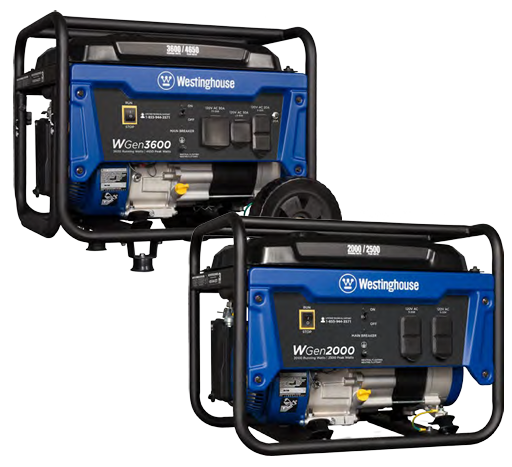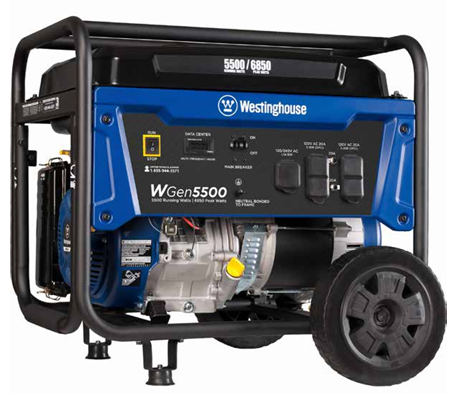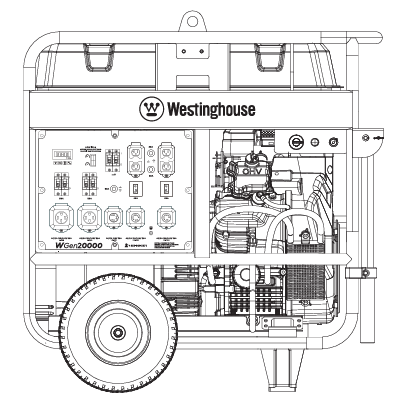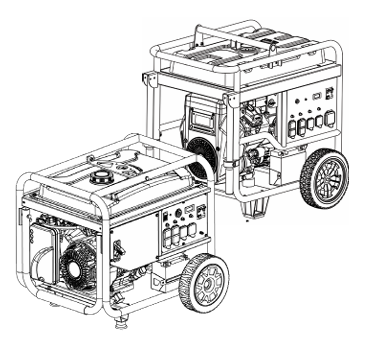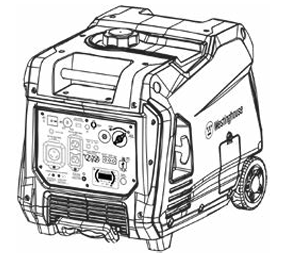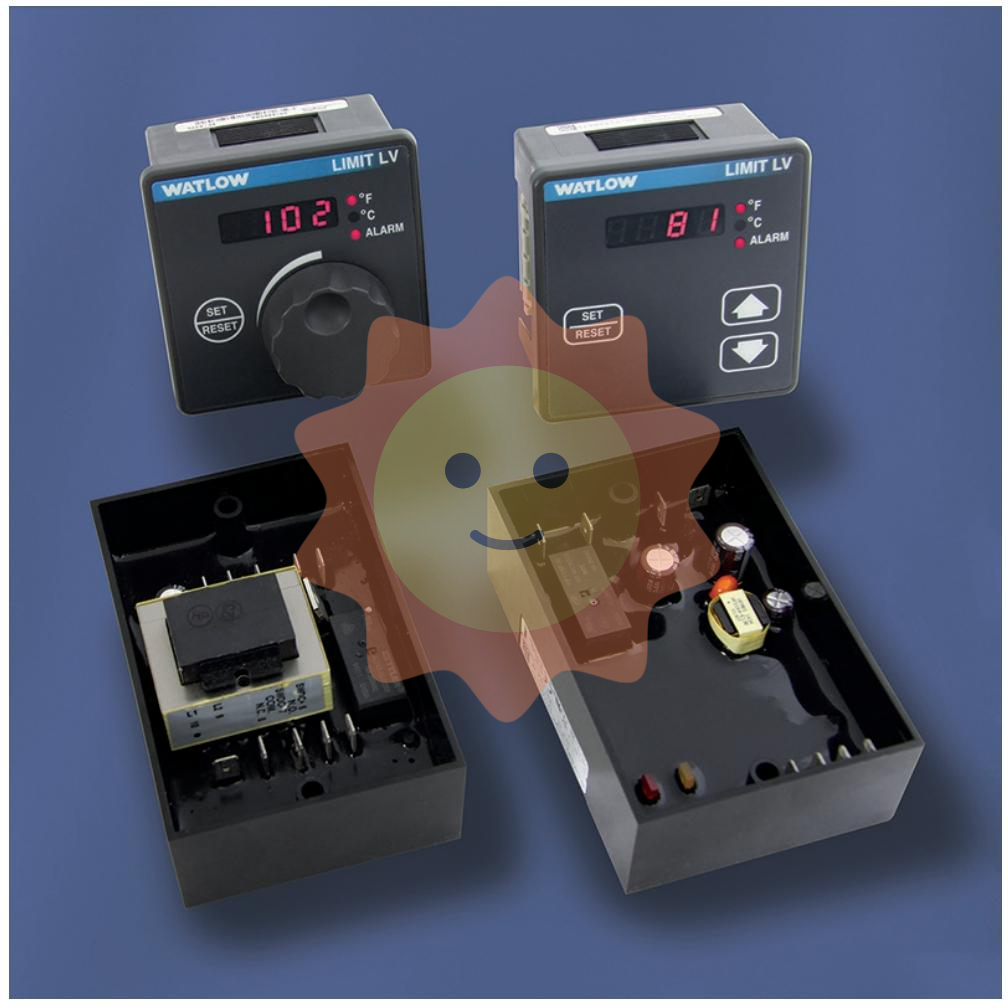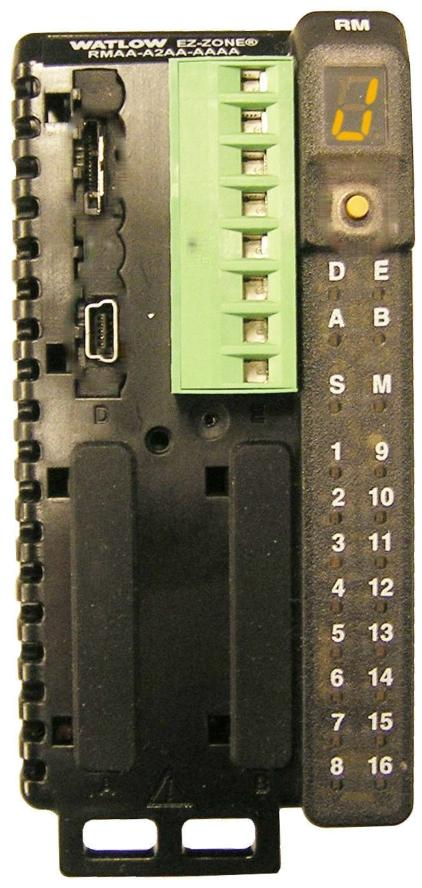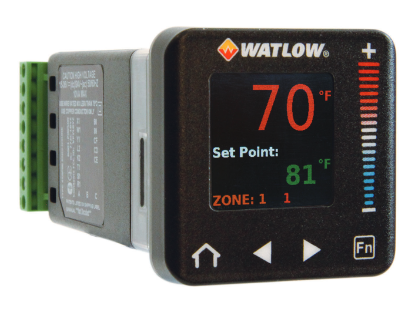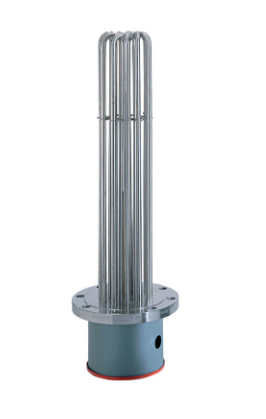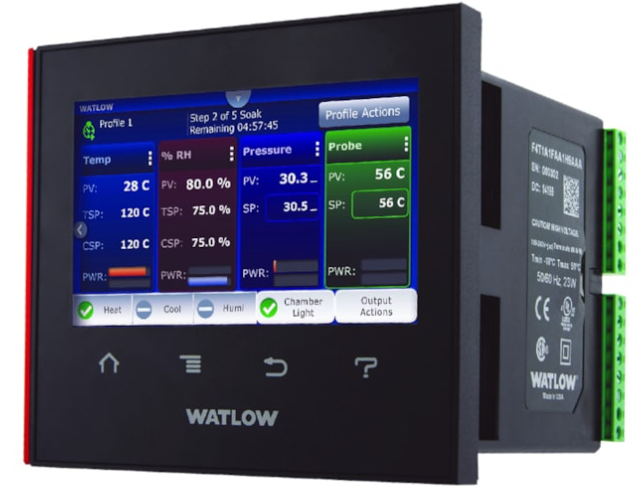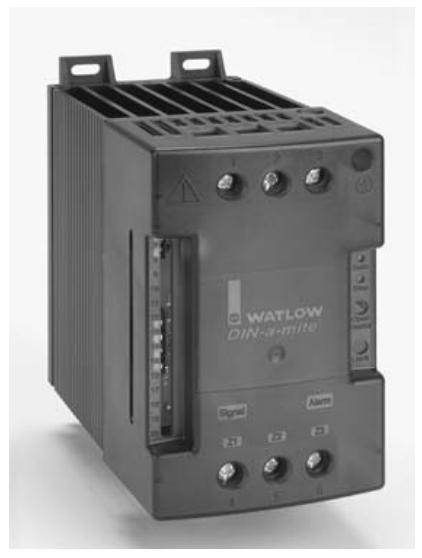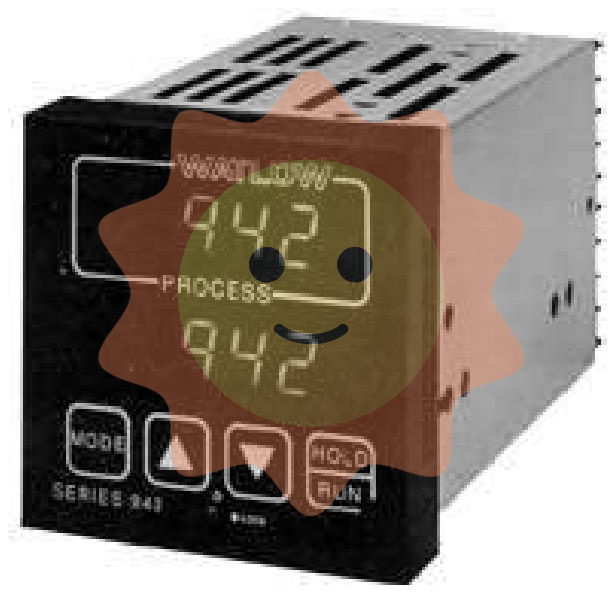GE IS230TAISH2C TMR DIN Rail Assembly Board
GE IS230TAISH2C TMR DIN Rail Assembly Board
Part Number IS230TAISH2C Manufacturer General Electric Country of Manufacture As Per GE Manufacturing Policy Series Mark VI/VIe Function Module Availability In StockIS230TAISH2C is a TMR DIN Rail Assembly Board developed by General Electrics. It is a part of Mark VIe control system. This assembly board is designed to deliver exceptional reliability and safety in control applications. It is engineered to provide TMR functionality, which ensures redundancy and fault tolerance. This feature is crucial for mission-critical systems where reliability is paramount.
Features The assembly board comes equipped with a terminal block featuring up to forty-eight (48) terminals. This extensive capacity allows for the secure and efficient connection of various field devices and sensors. It boasts a range of certifications that make it suitable for use in diverse environments, including both hazardous and non-hazardous locations. For non-hazardous locations, it carries the UL E207685 certification. Additionally, it has been certified for Class I, Division 2, Groups A, B, C, and D, as well as Class I, Zone 2, Group IIC, ensuring its safe operation in these challenging settings. As an integral component of the Mark VIe control system, seamlessly integrates with other system elements, enhancing the overall performance and control capabilities. Redundancy Options in the Mark VIe System The Mark VIe control system offers a range of redundancy options to cater to diverse industrial needs. Redundancy is a crucial aspect of any control system, as it ensures reliability, fault tolerance, and minimizes the risk of system downtime. The Mark VIe provides scalable levels of redundancy to meet various requirements and enhance the overall performance of industrial processes. Single (Simplex) Controller: The basic configuration of the control system features a single controller with simplex I/O and a single network. This configuration is suitable for applications where redundancy is not a primary concern, or where the system can tolerate short downtimes for maintenance or repair. It's a cost-effective solution for systems with lower reliability demands.
Dual Controller System: In situations where enhanced reliability and online repair options are essential, the dual controller system comes into play. This configuration includes two controllers, allowing for redundancy. It can have either singular or fanned TMR I/O (Triple Modular Redundancy) and is equipped with dual networks. With this setup, the system can continue functioning even if one controller or network experiences a fault.
This redundancy is especially critical in applications where system uptime is of utmost importance. TMR System (Triple Modular Redundancy): The highest level of redundancy in the Mark VIe control system is the TMR configuration. This setup includes three controllers, singular or fanned TMR I/O, three networks, and state voting between controllers. TMR enhances fault detection and availability to the maximum extent possible. The system can continue operating even if one controller or network fails. The level of fault tolerance and reliability offered by the TMR system is essential for critical applications where any disruption could lead to severe consequences.
Ease of Use
• Simple and powerful instruction set
• One-axis or two-axis motion programs with synchronized block start
• Program support for a short motion program (called Program Zero) which can be created in the MS-DOS programming software configuration function
• Nonvolatile (flash) storage for 10 programs and 40 subroutines
• User scaling of programming units (in Standard mode only)
• Generic programming using command parameters as operands for Acceleration, Velocity, Move and Dwell commands
• Configured with MS-DOS configuration software
Main Functions
Power system monitoring and control:
The power interface board can be used for power system monitoring and control equipment to ensure the safe, stable and reliable operation of the power system.
Power plant automation:
In the power plant, it can be used to connect and manage the power supply of the mastering system and monitoring equipment to improve the automation level of the power plant.
Power transformer and distribution:
Applicable to substations and distribution stations, it is used to govern the power supply of transformers, circuit breakers and other equipments to ensure the high efficiency of power transmission and distribution.
Industrial Process Mastering:
In manufacturing and chemical workshops, this power interface board can be used for power management of automation systems, inner and control equipment to enhance productivity and safety.
Building Automation:
It can be used in building automation system, power supply to lighting, air conditioning, security equipment, etc., to achieve intelligent management of building equipment.
Railway flag signal system:
In the railway system, it is used in the power management of railway flag signal equipment and control system to ensure the stable operation of railway signal system.
Smart Grid:
In the smart grid, the power interface board can be used to connect and manage the digital power equipment and promote the intelligent development of the power grid.
Traffic Flag Signal System:
In the traffic flag signal system of routes and intersections, it is used to supply power to the flag master and equipment to ensure the normal display of traffic signals.
Aerospace:
In aviation and aerospace, the power interface board can be used in the control system of aircraft and spacecraft to provide stable and reliable power support.
It is suitable for land initiatives, oilfield equipment and other categories, providing power support for various land engineering equipment.

- User name Member Level Quantity Specification Purchase Date
- Satisfaction :
-









Email:wang@kongjiangauto.com

